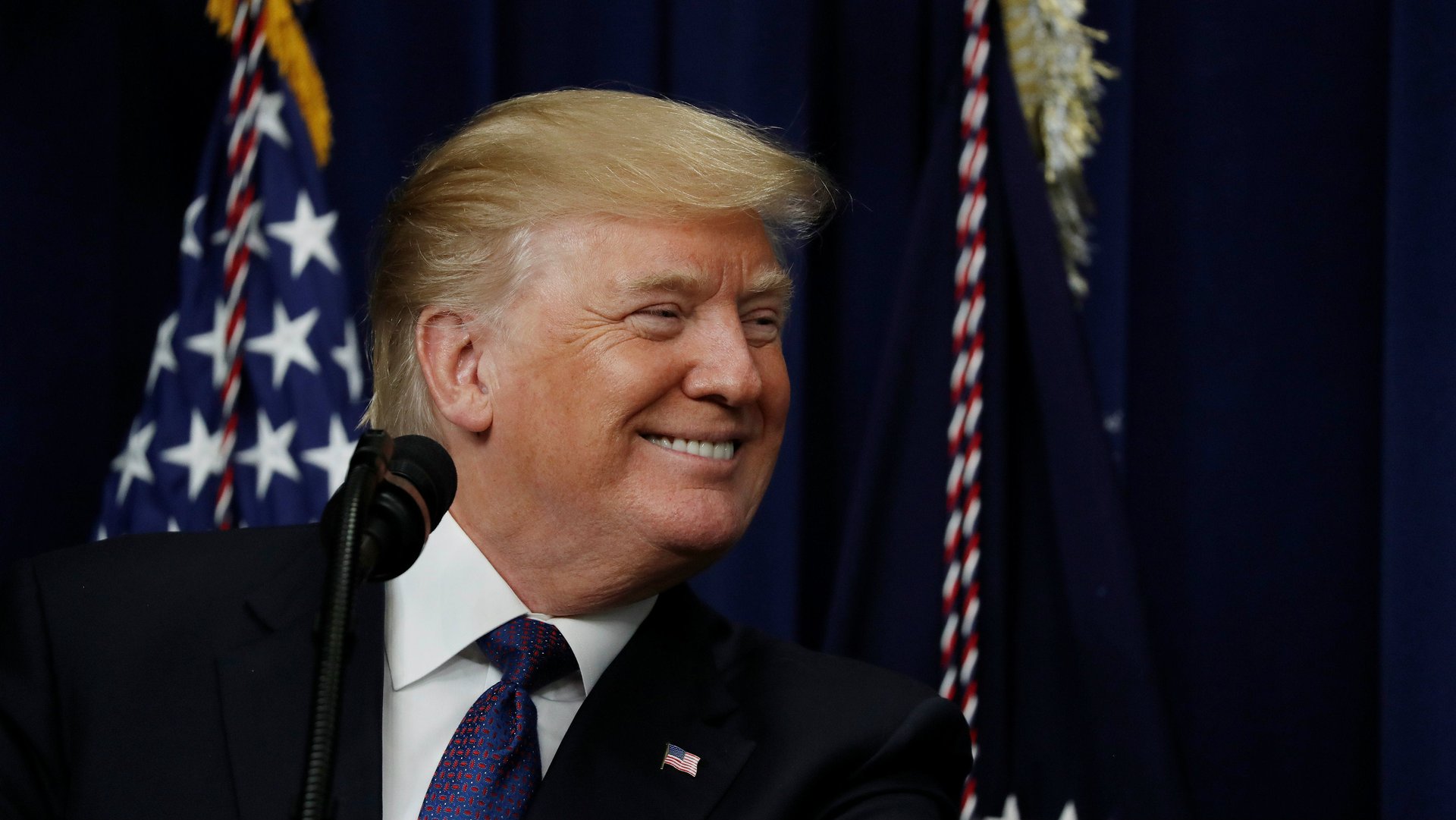Rolling back regulations often comes before a financial meltdown, according to 300 years of history
The blame for financial meltdowns often focuses on irresponsible traders and greedy bankers. But politicians, whose policies sometimes fan the flames, deserve scrutiny as well, according to a fascinating analysis of booms and busts since the 18th century by Jihad Dagher, an economist at the IMF. The research serves as a warning, of sorts, as the Trump administration seeks to relax banking regulations introduced after the last crisis.


The blame for financial meltdowns often focuses on irresponsible traders and greedy bankers. But politicians, whose policies sometimes fan the flames, deserve scrutiny as well, according to a fascinating analysis of booms and busts since the 18th century by Jihad Dagher, an economist at the IMF. The research serves as a warning, of sorts, as the Trump administration seeks to relax banking regulations introduced after the last crisis.
The cycle of booms followed by deregulation, crises, and re-regulation has repeated itself over the past 300 or so years. Take the Financial Crisis of 1825 (pdf): Following the Napoleonic wars and the collapse of the Spanish empire, newly independent states in Latin America were seeking money and European financiers stepped in to lend it to them, as Dagher recounts it. A speculative loan market developed in London, and South American mining companies flocked to the London Stock Exchange. Markets were soaring, and members of parliament sat on the boards of some of the firms quoted on the exchange.
Despite concerns about shaky companies, politicians weakened enforcements and regulations that were put in place after the previous financial crisis—the South Sea Bubble in 1720. By the end of 1825, markets were in a “full blown panic,” according to Dagher’s research. Stock and bond prices crashed, leading to bank runs and failures. A year later, nearly 10% of England’s banks had collapsed, sparking perhaps the first major global banking crisis. Policymakers responded to the turmoil with a range of measures, including trying to shore up the banking system with greater levels of capital: “What ensued from the 1825 crisis was a series of laws, regulations, and reforms that touched all aspects of the financial sector,” according to Dagher.
That may sound familiar, because the US just went through a similar cycle.
Government policies had a role in that panic, too. Fannie May and Freddie Mac, which purchase mortgage loans from originators, were given an affordable housing mandate in 1992, driving them to buy lower quality (subprime) mortgages to make borrowing cheaper. Policies to make credit more widely available for home purchases—a push that spanned multiple administrations—were further ramped up during the George W. Bush’s presidency. The industry lobbied hard for changes: Mortgage brokers and bankers tripled their contributions to Bush’s re-election campaign in 2004 (paywall).
Then, it all went wrong, as it has so many times before, Dagher notes. “It is the same type of lending that the government sponsored, the very financial instruments that it de-regulated, that contributed to creating the perfect storm that later resulted in the regulatory backlash,” he writes.
After the housing bubble burst and billions of taxpayer dollars were used to stem the collapse of US financial institutions, politicians responded with the biggest overhaul of financial policies since the Great Depression. The Dodd-Frank Act of 2010 set out ways to wind-down failing financial firms, tightened oversight of the sector, created a new agency for consumer finance laws, and introduced stronger capital requirements, among a raft other measures.
Will Dodd-Frank’s stricter standards survive? If history is any guide, Dagher says probably not.
Regulation and enforcement has already been reduced. The Consumer Financial Protection Bureau, which was created after the crisis, is now run by one of its harshest critics. Scores of other measures, from banker bonuses to rules controlling banks’ trading desks, are being reconsidered. There’s bipartisan support in Washington for making smaller banks exempt from stress tests and loosening lending standards.
Some changes could amount to a thoughtful re-calibration, but the direction of travel is worrisome. When it comes to Dodd-Frank, Donald Trump said this week that his administration is “doing a real number on it,” according to The Hill.
Not everyone thinks that’s a good idea. Before he left his post as vice-chairman of the Federal Reserve last year, Stanley Fischer warned in an interview in the Financial Times (paywall) that it was “extremely dangerous and extremely short-sighted” for the US to roll back regulations a mere 10 years since the last crisis.
Since the 2008 collapse, the US economy has dragged itself out of the mire and is growing steadily. Stock markets, meanwhile, are soaring—so much so that some economists have warned they are overheating. The recently passed tax cut, meanwhile, gave those assets an extra boost. Three centuries of history suggests that now could be a time to strengthen supervision rather than water it down.